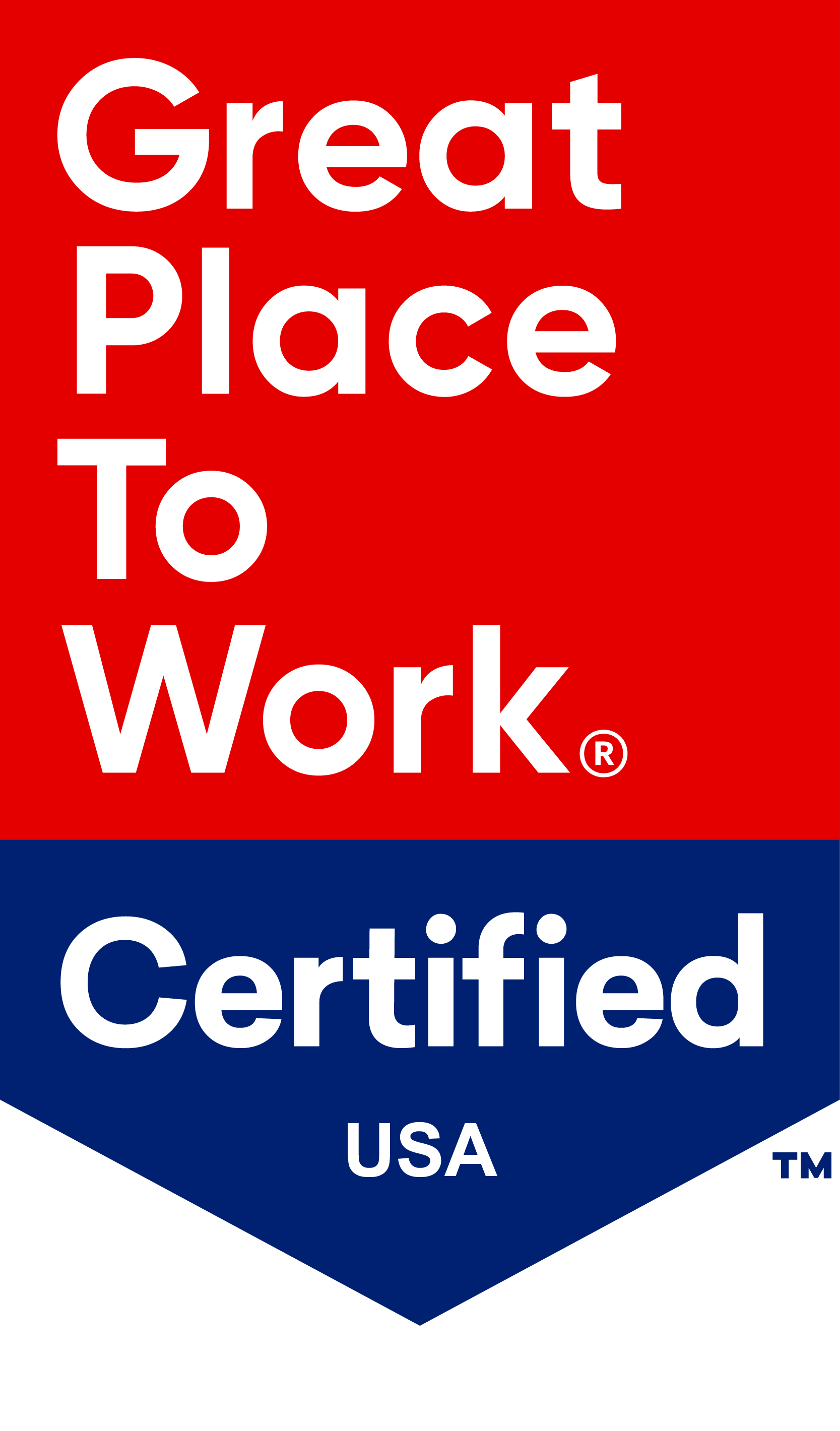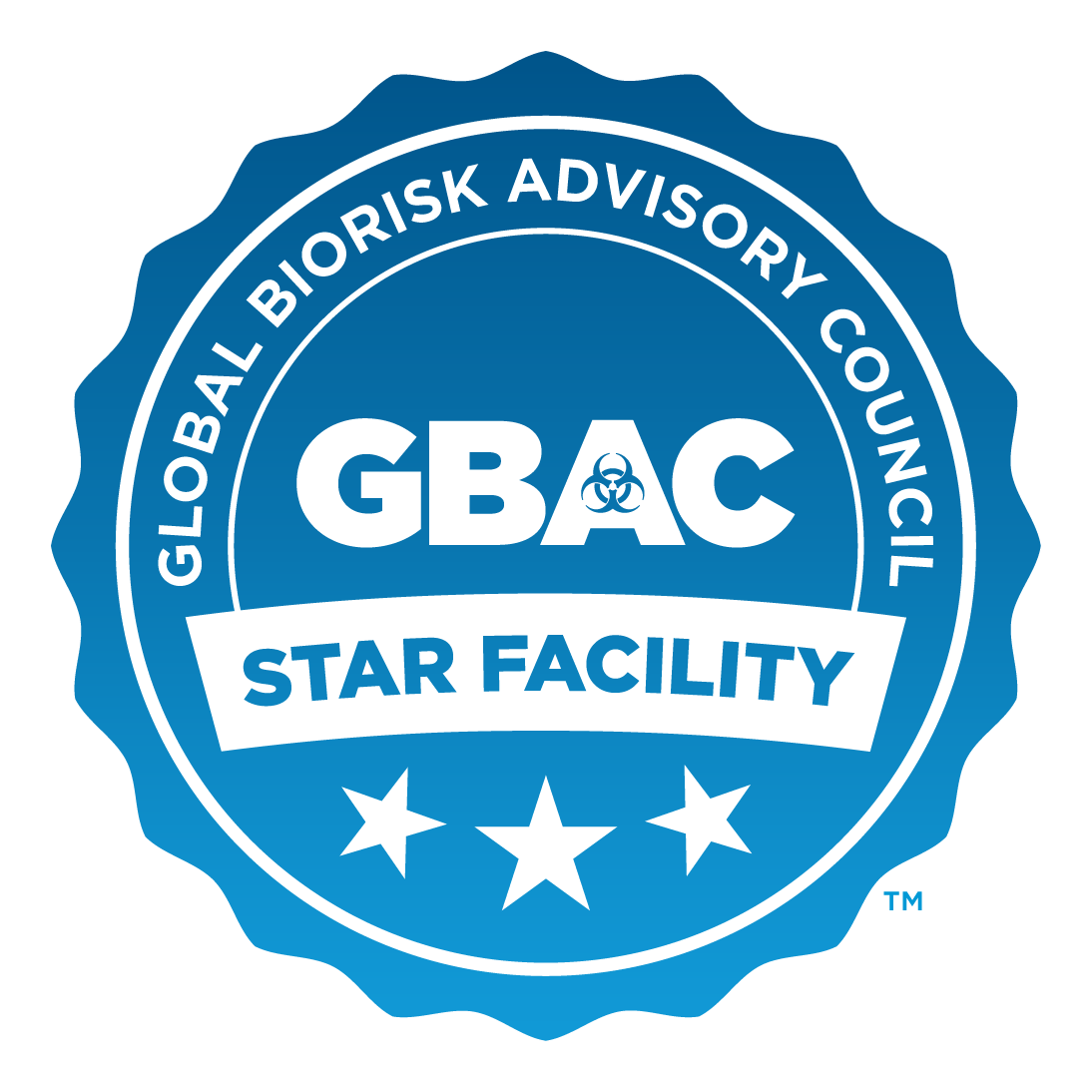Comprehensive Upgrades: Richmond International Airport Makes Sweeping Investments in Tech
Jul 9, 2024
RIC is boldly modernizing its airport in four key areas simultaneously to improve the customer experience.
Following a few years of pandemic-related turbulence, the aviation industry is once again taking off. In fact, in its latest 20-year annual forecast, Airports Council International (ACI) World predicted total passenger traffic worldwide will grow at a compound annual growth rate (CAGR) of 7.5%, while respected strategic advisor firm Oliver Wyman revealed that the global aviation fleet is anticipated to grow by 33% by 2033. With these remarkable growth statistics in mind, it’s obvious that airports need to remain vigilant when it comes to investing in technology. It’s a diligence that allows us to operate more efficiently, improve the passenger experience, and stay competitive in a rapidly evolving industry.
The time to act is now. This is why Richmond International Airport (RIC) has proactively begun instituting its own upgrades in four crucial areas—and we’re bravely making these extensive investments at the same time.
Investment One: Cleaner Air
A Great Set of GAMS
The COVID-19 pandemic heightened awareness of the importance of air quality in preventing the spread of infectious diseases. Travelers are now more conscious of health and hygiene when choosing their travel options. For airports, clean air technology is a crucial component of a comprehensive crisis preparedness plan and can help make RIC the airport of choice for airlines and businesses alike.
It’s why RIC has made GAMS environmental monitoring upgrades at Checkpoints A and B with AtmosAir bi-polar ionization. This air purification pairing has been proven to clean air beyond MERV 13 filters, reducing human coronavirus 229E, microorganisms, bacteria, and mold by 99%+. By partnering with AtmosAir and GAMS, we can achieve cleaner air for our travelers and tenants in concentrated areas when social distancing is not possible.
RIC will continue to evaluate the system to ensure it’s the best fit going forward. As an airport dedicated to the health and safety of our passengers, team members, and tenants, we will remain abreast of new technologies to see if another comes along to revolutionize processes.
Investment Two: Energy Audits
What’s the Use?
Energy audits can reap big benefits for an airport and its customers. They not only identify opportunities for energy efficiency improvements, leading to reduced energy consumption and operational costs, but also help lower an airport’s carbon footprint and demonstrate a commitment to environmental stewardship.
At RIC, our energy audit was conducted by Gresham Smith, an award-winning architecture and engineering firm that specializes in essential infrastructure solutions and takes a technology-driven approach to its services. They discovered that RIC’s energy use intensity (EUI) was significantly better when compared to other small hub airports in the United States.
Further, based on RIC’s baseline, Gresham Smith made recommendations on possible modifications for future airport upfits to ensure we are at our most energy efficient. This baseline also provided a roadmap for where we want to go in the future. We know that our energy audit can help us be a more competitive choice for operators, from airlines to concessions to terminal tenants. What’s more, it helps us keep overall overhead costs lower. We will continue to use these audit recommendations for future planning and determine how to best incorporate our learnings into upcoming construction and expansions.
Investment Three: Electric Vehicle Chargers
Get Recharged
The aviation industry is under increasing scrutiny to address its environmental impact. While direct emissions from aircraft are a significant concern, airports can contribute to emission reduction by encouraging the use of electric vehicles on the ground, thereby helping to lower the overall carbon footprint of airport operations.
For these reasons and more, RIC invested in two Level 2 electric vehicle (EV) chargers by ChargePoint, the largest network of EV charging stations in North America and Europe. All together, the Valet EV units are capable of charging four vehicles at a time. With a maximum charge rate of 7.2 kw/hr, they currently serve as a convenience to our valet customers and offer numerous benefits. Technology such as this underscores our commitment to sustainability. Plus, we remove one less hassle from the travel experience by giving our customers the peace of mind knowing their vehicle will be fully charged at touchdown.
Expanding services like these allows us to be more competitive with other airports in the mid-Atlantic region while further propelling us to becoming our area’s airport of choice. Because of this, we are currently evaluating the addition of more charging stations in the near future.
Investment Four: Robotics
The Future Looks ROSIE
When it comes to simple ways to save time and increase efficiency, there is little that comes close to robotic floor scrubbers. They operate autonomously, covering large floor areas efficiently in less time than traditional methods. Moreover, pre-programmed routes and cleaning patterns ensure a consistent level of cleanliness throughout the terminal.
It’s why RIC invested in Nilfisk Liberty SC50’s robotic floor scrubber, loveably called ROSIE. It was designed specifically for RIC, and with its state-of-the-art technology, we can route a map that delivers between 98% and 99.5% coverage. Our team members do the detail work, while ROSIE performs essential floor care. It runs for six straight hours, covering 55,000 square feet. It offers three cleaning modes, works at night, and has the capability to notify a manager by email of its activities, whether it is currently running, has stopped, or has completed a task. RIC is set to request an additional floor scrubber in the next fiscal year.
The 2022 Air Transport IT Insights survey produced in concert by ACI World and SITA, reports that 93% of airports anticipated maintaining their investment in IT or elevating it for 2023. No one wants to be caught in the other 7%.
The travel industry is dynamic, and passenger expectations evolve. Investing in a new technology allows airports to adapt to changing travel trends, preferences, and behaviors. Investing in four gives an airport the competitive edge. It’s this relentless drive that helps RIC continue to provide exceptional travel experiences, safeguard its relevance in the aviation landscape, and maintain its ascent as the airport of choice for the mid-Atlantic region.


